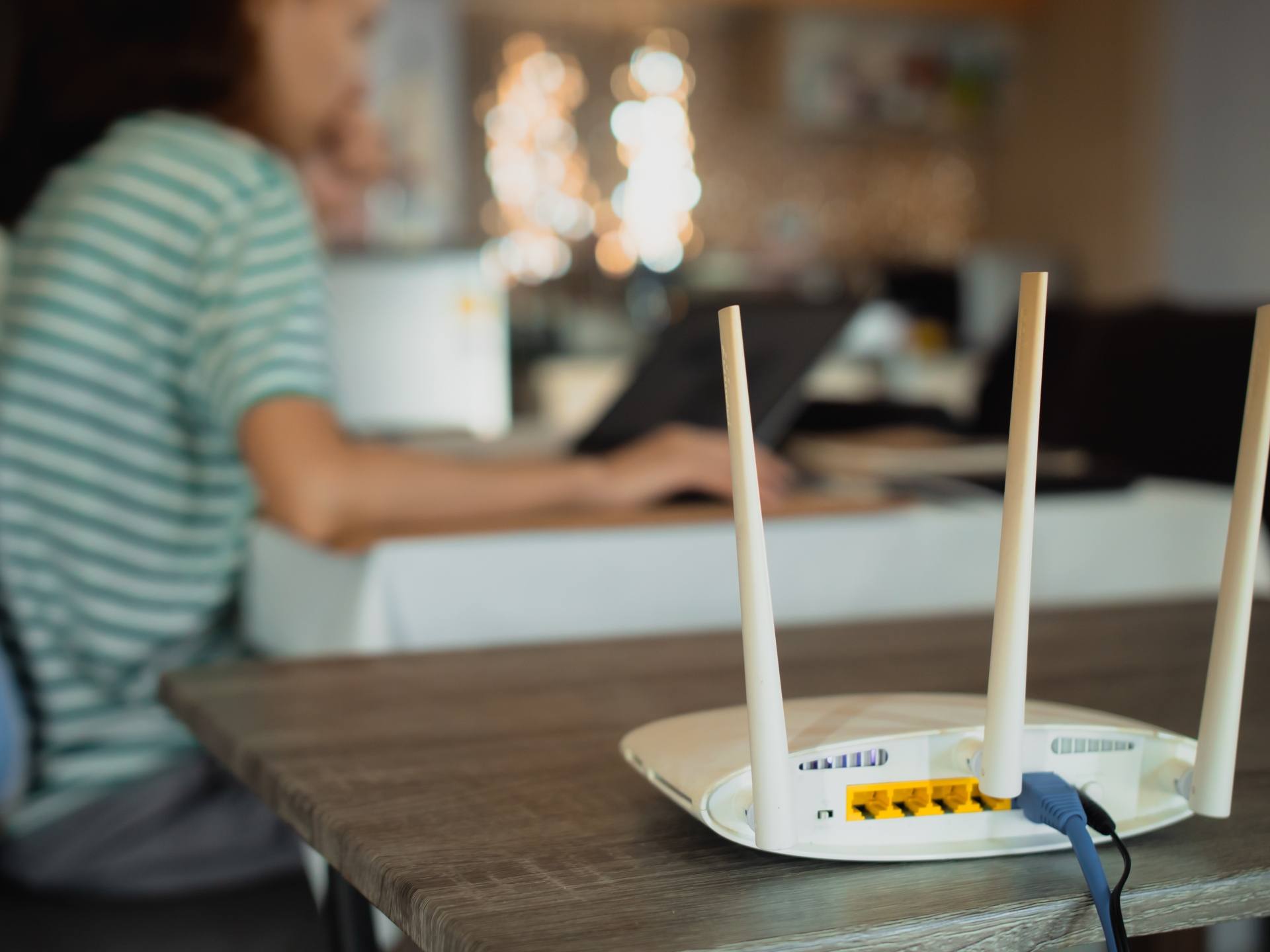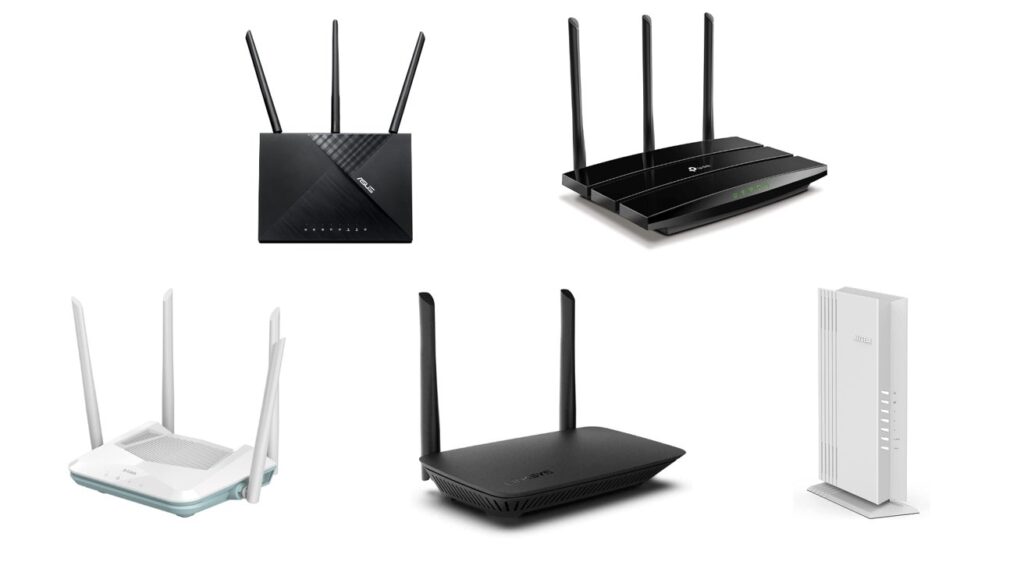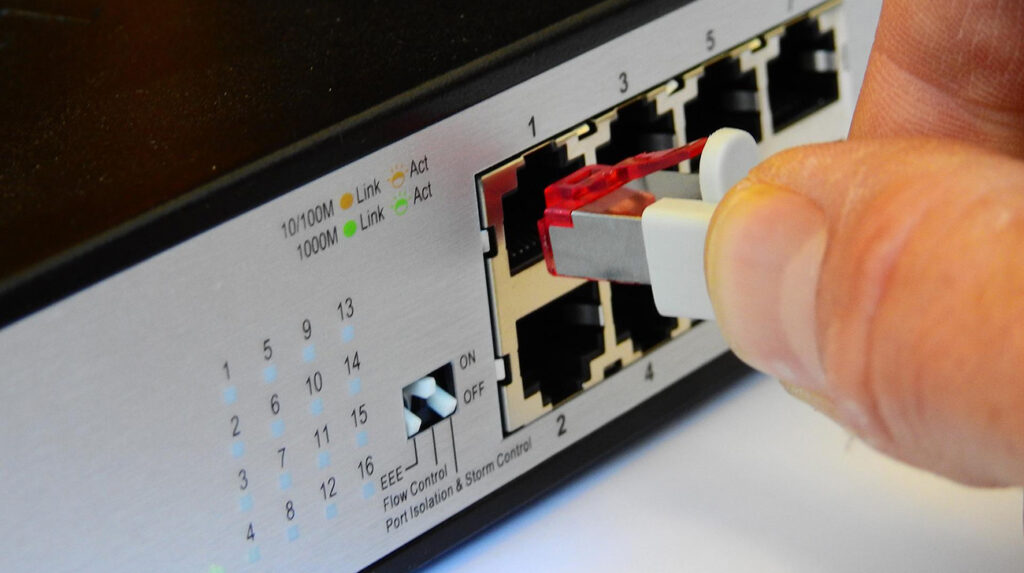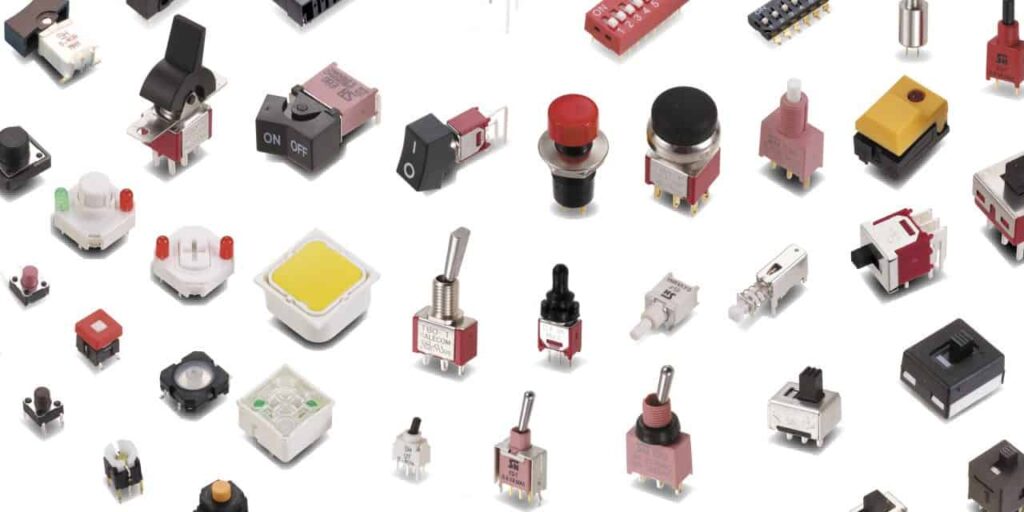
Computer networks are an essential part of modern life, allowing people to communicate and share information quickly and efficiently. Routers and switches play a vital role in the functioning of these networks.
Routers connect different networks and direct data packets to their intended destinations, while regulators connect devices within a network and direct data packets to the correct recipients.
Cisco switches, in particular, are widely used in many different types of networks, from small local networks to large enterprise grids. This comprehensive guide to routing and switching will cover the basics of how routers work, the different types of routers and switches available, and the key differences between them.
By the end of this guide, you’ll have a solid understanding of how routers and controls operate and how to choose the right ones for your network.
Table of Contents
What is a Router?

Source: pandasecurity.com
A router is a device that connects multiple webs and directs data packets from one network to another. It determines the best path for a data packet to reach its destination by examining the destination IP address and comparing it with its routing table. Routers are responsible for ensuring that data packets reach their intended destinations efficiently and securely.
How Routers Work
When a data packet arrives at a router, the router examines the packet’s destination IP address and compares it to its routing table. The routing table contains a list of network addresses and associated network masks, which help the router determine the best path for the data packet. The router then forwards the data packet to the next hop along the determined path until it reaches its final destination.
Types of Routers

Source: appleinsider.com
There are several types of routers, including:
- Core Routers – These are high-end routers used by large ISPs to connect their networks to the internet. They are designed for high performance and reliability and can handle large amounts of traffic.
- Edge Routers – These are used to connect local grids to the internet or other networks. They are usually smaller than core routers and are designed to handle lower amounts of traffic.
- Wireless Routers – These are used to connect wireless devices to the web. They usually include built-in Wi-Fi and can provide internet access to multiple devices.
What is a Switch?

Source: patchbox.com
A switch is a device that connects devices within a web and directs data packets to their intended destinations. Switches operate at the data link layer of the OSI model, which is responsible for transferring data between adjacent network nodes. Controllers are responsible for ensuring that data packets are sent only to the intended recipients.
How Switches Work
When a data packet arrives at a regulator, the switch examines the packet’s destination MAC address and compares it to its MAC address table. The MAC address table contains a list of MAC addresses and associated port numbers, which help the control determine the best path for the data packet. The switch then forwards the data packet to the port associated with the destination MAC address.
Types of Switches

Source: thegeekpub.com
There are several types of switches, including:
- Unmanaged Controls – These are simple switches that do not require any configuration. They are usually used in small networks.
- Managed Switches – These buttons allow for the configuration and monitoring of network traffic. They are usually used in larger grids and can provide additional security features.
- PoE Switches – These regulators can provide power to devices such as IP phones, cameras, and access points through the Ethernet cable.
Conclusion
In summary, routers and switches are critical components of computer networks. Routers are responsible for directing data packets between grids, while controls are responsible for directing data packets within a web. Understanding how routers and buttons work is essential for anyone interested in networking or IT. By understanding their functions and differences, you can ensure that your network operates efficiently and securely.







